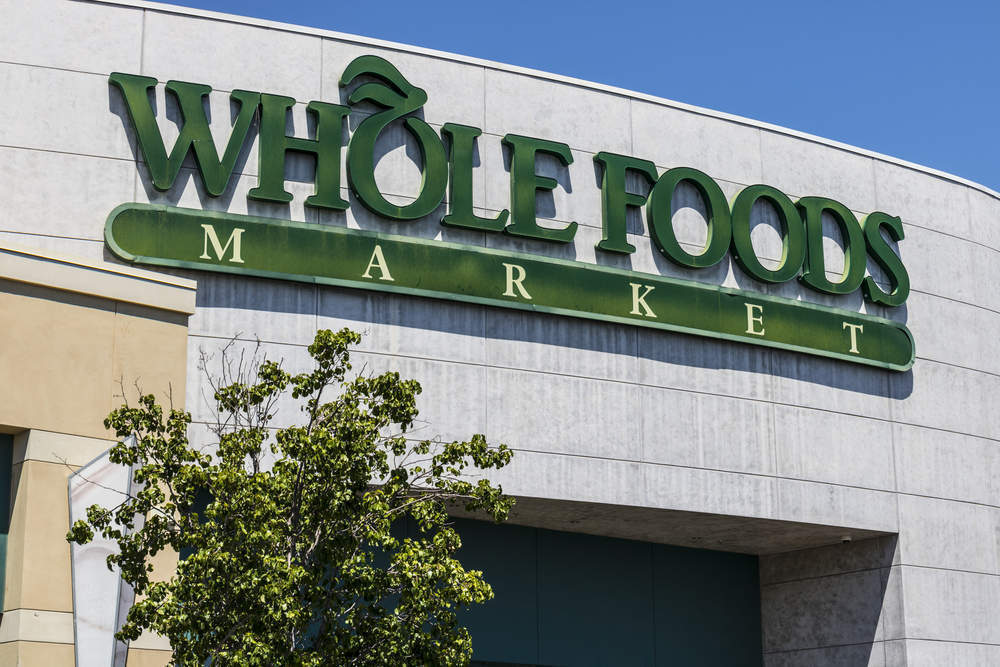Amazon has slashed prices across its newly acquired organic grocer Whole Foods by as much as 43 percent, sending shock waves throughout US and British retailers.
Despite Whole Foods only having nine stores in the UK, the purchase caused unease among investors with Tesco shares falling one percent, while M&S lost 0.85 percent, Sainsbury’s 0.63 percent and Morrisons 0.5 percent.
This was largely due to the threat posed by the access Amazon now has to the plethora of data provided by the acquisition.
Since purchasing groceries is the most frequent and habitual type of shopping, it provides Amazon with invaluable information on grocery purchasing habits and patterns, which it would not have had the requisite scale to obtain through Amazon Fresh or Pantry.
Read more: Why did Amazon want to buy Whole Foods?
Amazon’s capacity to employ its state of the art business operations, will allow it to drive customer loyalty and investigate inventory analysis.

US Tariffs are shifting - will you react or anticipate?
Don’t let policy changes catch you off guard. Stay proactive with real-time data and expert analysis.
By GlobalDataWhere Whole Foods was often ridiculed for being overpriced, Amazon’s data processing will allow it to identify the most profitable products – not simply the most popular or expensive – so that it can focus marketing and minimise accurately forecast stock levels to keep attention on these products.
Amazon already knows a huge amount about consumers purchasing non-food items online, and is steadily growing its online grocery business; the addition of a traditional food & grocery arm of the business means Amazon will be able to interlink online and physical elements.
With Amazon’s data processing capabilities challenging those of existing grocers in the US and UK, it has the future advantage to tailor ranges, forecast sales and direct its advertising to entice shoppers away from its competitors.
It also allows Amazon to quantify the results from any experiment with advertising techniques, product placements, range development, delivery methods and store layouts to see which is the most successful.
Targeted advertising to consumers based on their unique shopping habits, encouraging them to buy more, consider a new item, or trade up, is not something new.
US retailer Target was one of the first to see the benefits of this in the US when it used algorithms to learn what products people bought during each stage of their pregnancy, allowing it to accurately predict the date the baby was due.
Read more: Whole Foods offers Amazon opportunities far beyond food
Bespoke advertising and coupons meant Target could increase the loyalty of those shoppers, to capitalise on an upcoming period of high expenditure as consumers gained a new family member.
However, the combination of Amazon’s enormous data processing abilities and its financial strength facilitating its ability to function on wafer thin margins, mean it will learn about its customers far quicker and more effectively than its competitors.
It is therefore vital that the major UK grocers speed up their investment into their own data processing capabilities to counteract the inevitable growth of Amazon into the food & grocery market.
Big data is the future of retail. With time poor, loyalty-lacking consumers able to spend less amid falling real wages, UK grocers need to ensure that they are developing their technology to capitalise on the capabilities from the amount of data that consumers are, often unknowingly, giving to retailers.








